Henry Bedell, a brilliant craftsman, is credited with inventing the first rock drill in 1848, which utilized steam power to produce holes in rocks. Years later, Alexander Mitchell improved upon Bedell’s model by constructing the first rock drill to be operated by compressed air. Ever since then, drills have been used to make holes for blasting in quarries and have been powered using electricity, compressed air, or steam.
Julius Frank’s innovative mind revolutionized the way construction and mining was done. He was the engineer of the first electric rock drill created in 1878—a groundbreaking invention that changed the way we quarry today. This machine was powered by an electric motor, and propelled a hammer-like bit attached to a crankshaft, allowing it to bore holes into stony abysses that were otherwise inaccessible. It rapidly replaced its predecessor—the pneumatic rock drill—which ran on compressed air with a chisel-like bit. This allowed miners to rapidly break through coal seams across the world.
George D. Bedell revolutionized the rock drilling process when he invented the very first rotary drill in 1884, making it possible to use an electric motor to spin its drill bit through a chuck. This remarkable tool was used to create explosives-filled holes in rocky quarries. Years later, Charles W. Dake built on this invention and crafted the first percussion rock drill in 1892, continuing to propel drilling technology forward.
An innovative electric motor powered the percussion rock drill, driving a special drill bit that was pounded by a hammer. This tool was used to create holes for blasting rocks in quarries. Hermann J. Hoge did not stop there; he further developed the percussion rock drill in 1900 by introducing the first-ever hydraulic version. The hydraulic motor was driving a rotating chuck that caused the drill bit to move.
In 1915, Richard F. Acker pioneered the down-the-hole rock drill, revolutionizing the process of creating holes in quarries for blasting. It was driven by an electric motor which brought the drill bit into motion via a chuck. This advanced version of the rock drill had an immense impact on quarrying operations.
In 1935, George E. Failing revolutionized the common rock drill, introducing the first rotary down-the-hole version powered by an electric motor and a drill bit spun by a chuck. This phenomenal feat was employed to create holes for blasting rock in quarries. Five years later, Robert D. Law stirred up the industry further with his invention of the groundbreaking air-powered version of the rock drill.
In 1945, James T. Russell revolutionized the air-powered rock drill: originally used in rock quarries to drill blast holes, the model he designed was driven by a hydraulic motor and was equipped with a rotating chuck-held drill bit. The upgrade marked the inception of the hydraulic down-the-hole rock drill that is still ubiquitous today.
For decades, drilling holes in rock quarries for blasting has been made easier by the invention of the rock drill. In 1955, Richard J. Doolan revolutionized this process by perfecting the very first pneumatic down-the-hole rock drill; powered by compressed air and boasting a rotating drill bit held in place by a chuck, this tool was more efficient in completing quarries’ works.
Joseph M. Desch’s improvement of the rock drill, the hydraulic percussion rock drill made in 1965, operated through a hydraulic motor and a striking hammer, consequently allowing it to be applied to bore holes in quarries for blasting projects. Later on, Ralph T. Anderson furthered the technology with his invention of the down-the-hole hammer drill in 1970.
In 1975, William D. DeWitt revolutionized the down-the-hole hammer drill with the invention of the first rotary percussion rock drill. Its electric motor powered a rotating drill bit, which was secured by a chuck and forcefully impacted by a hammer, used to drill holes into rock quarries for blasting.
The pioneering design for the rotary percussion rock drill was the brainchild of an electric motor-powered arrangement of drill bit, chuck, and hammer. An early, yet very effective, application of this mechanism was to create holes that could then be filled with blasting materials in quarries. Subsequently, improvements to that design arrived by way of John W. Dutson’s invention of the first down-the-hole hammer drill in 1980. This newer model still leveraged the same fundamental mechanics as its predecessor, with an electric motor driving the drill bit via a chuck while being continually struck by a powerful hammer.
The rock drill was employed for drilling holes in quarried rock for blasting purposes; eventually, its design was advanced.
Related Product

Cir Series Dth Bits(Low Pressure) Cir90-90
Down-the-hole (DTH) hammer bits are used with Down-the-hole hammers for drilling holes through a wide range of rock types. In conjunction with DTH hammers, drill hammer bits are de […]
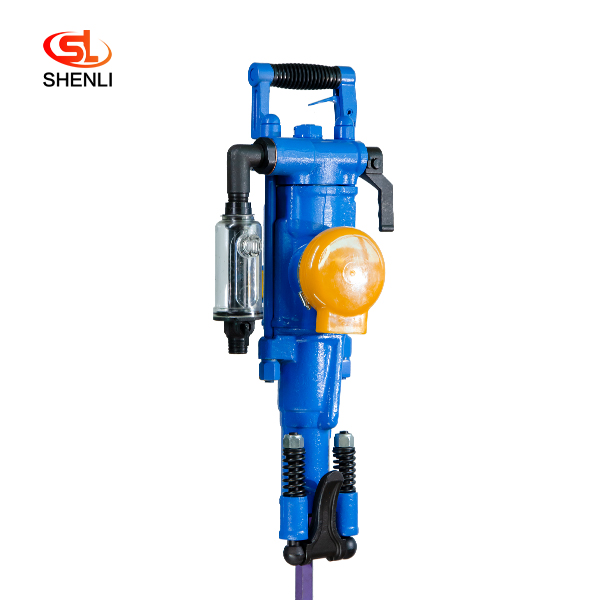
YT28 Air Leg Pneumatic Rock Drill Pusher Leg Rock Drill
The YT28 air-leg rock drill is a kind of high-efficiency, energy-saving and environmentally friendly rock drilling equipment. Compared with similar pneumatic products, the YT28 air […]
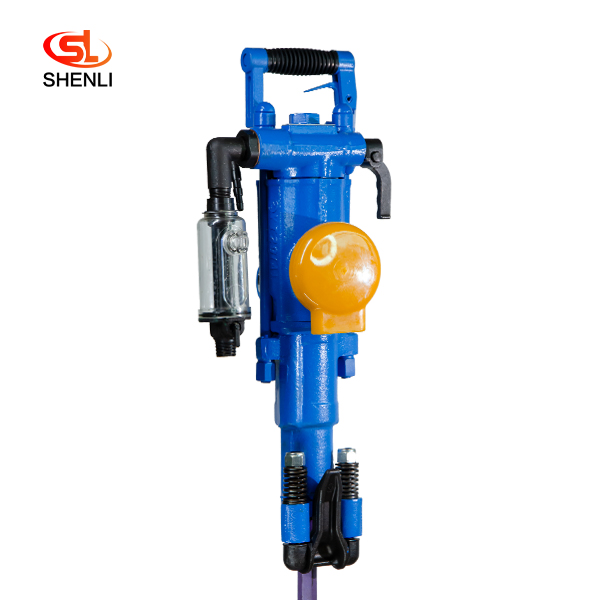
YT29A Air Leg Pneumatic Rock Drill Pusher Leg Rock Drill
YT29A air-legged rock drills are heavy-duty push-leg (air-legged) rock drills with low energy consumption, which are more suitable for drilling horizontal or inclined holes in medi […]
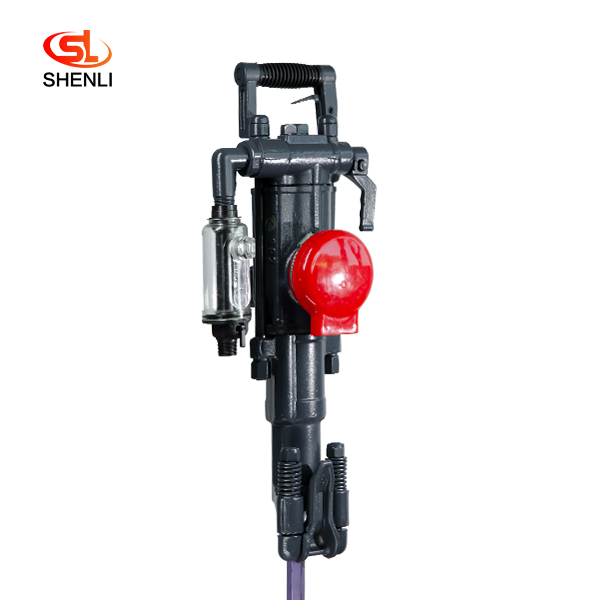
S82 Air Leg Pneumatic Rock Drill Pusher Leg Rock Dril
Model S82 air-legged rock drills are heavy-duty air-legged rock drills with high efficiency and low consumption, which are especially suitable for use in the construction of railro […]
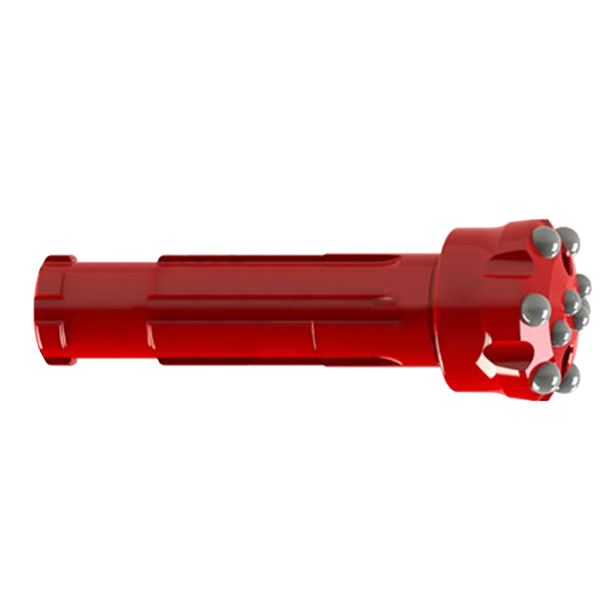
DHD Series DTH Bits(High Pressure) DHD
high pressure drill bit is mainly used in geological exploration, coal mine, water conservancy and hydropower, highway, railway, bridge, construction and construction, etc. Advanta […]

Taper Bits
Taper bits, especially Tapered button bits are the most popular tapered drill bits with a wide selection of head diameters from 26mm to 48mm. With carbide buttons cold pressed on t […]
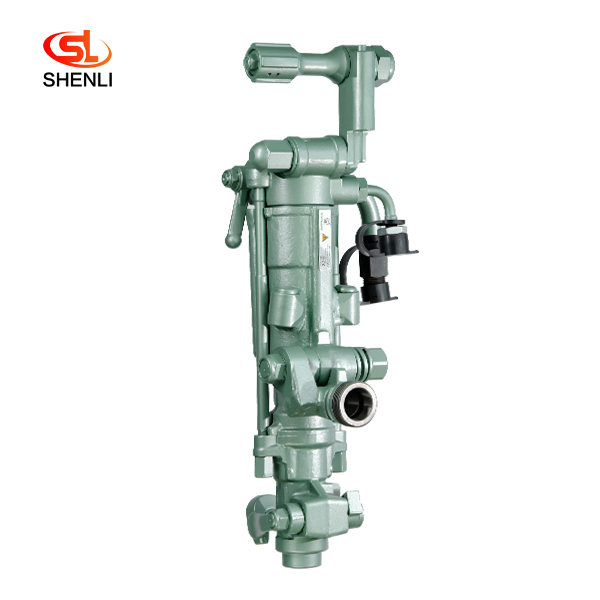
S250 Air Leg Pneumatic Rock Drill Pusher Leg Rock Drill
(S250 jackleg Drill) has been the preferred choice of miners who demand high performance, superior control and lasting reliability. the S250 jackleg allows operators to drill in co […]
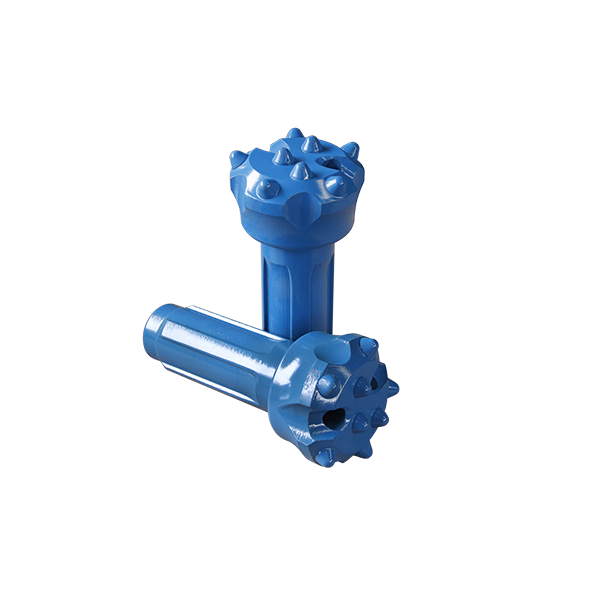
CIR Series DTH Bits(Low Pressure) CIR76-76
Down-the-hole (DTH) hammer bits are used with Down-the-hole hammers for drilling holes through a wide range of rock types. In conjunction with DTH hammers, drill hammer bits are de […]
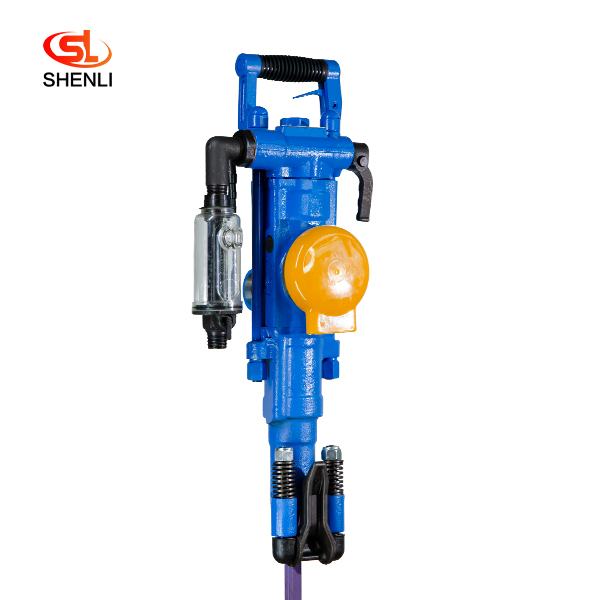
YT27 Air Leg Pneumatic Rock Drill Pusher Leg Rock Drill
The YT27 air-legged rock drill is a highly efficient lightweight rock drill suitable for downward or inclined drilling in medium-hard or hard (f=8 – 18) rock with a diameter […]
Post time: 2023-06-29

